What's The Best QR Code Generator for Teachers
The rapid pace of technological advancement has left some people feeling a bit on edge. What's the next big thing coming down the pipeline, and how will it affect them? Today we'll be examining QR codes and their possible use in classrooms.
So what are QR codes?
Formally known as "Quick Response Codes", they're small barcodes that can be scanned with your smartphone to take you to a certain web address. This can be anything from a video demonstration, project instructions, or even just an article about something relevant to the lesson you're teaching. Rather than simply showing pictures or words on a page, QR codes allow students to interact with their material and learn in ways that were never before possible.
So why are they a great fit for K-12 classrooms?
Well, they're extremely easy to use, and require no additional purchase or conversion of data. As an added bonus, they're an amazing way to keep students engaged with their own learning beyond the classroom walls. Many teachers even prefer QR codes over other digital forms of information distribution because students can take pictures of the code in order to remember it later. It's a great format for both teacher and student alike.
So where does this leave us?
How can teachers use QR codes in the classroom? Well I've gathered a few ideas from various sites including Wikipedia and PBS LearningMedia . After that you should go ahead and get downloading yourself.
How can teachers use QR codes in the classroom?
1. Quickly transfer information
This can be anything from a download to a lecture or video update. If you have technology at your disposal, go ahead and use it!
2. Create an interactive learning experience
This can be anything from a mini-experiment or a general demonstration of the material. Many students, even older ones, find that this helps them retain information better than if they simply read or viewed something on a screen all on their own.
3. Provide student-created content and assessment tools
Students can create their own multimedia presentations and assessments in order to gauge their own understanding of the subject at hand. This is especially great for science and math classes in which students have little previous knowledge at the beginning of the year (or could be during midterms). This also works well for any subject where hands-on learning is encouraged by the teacher, such as art and crafts .
4. Make class presentations more interesting
If you're really tired of the same old PowerPoint slides, use QR codes to present supplemental material that your students can view on their phones or tablets. This is a great way to keep them interested while pushing forward with your lesson. It's also a great way to show the same information to multiple classes at the same time! The possibilities are near limitless if you go this route, so it's definitely worth looking into.
5. Live stream lecture videos for students who may be absent from class
If you have an overreaction-prone class or are just extremely popular, live streaming can allow students to catch up on what they might have missed whenever they get around to it.
6. Provide students with all the information needed
This is probably the simplest use of QR codes, but is also one of the most useful. If you want to provide students with just enough information to get by on their own, this is what you should be using (the same goes for if they need extra resources in your classroom). If you need something a little bit more detailed, there are plenty of websites where you can get information on specific subjects or topics that may not be covered in class, such as Wikipedia and Project Gutenberg . The only downside to this method is that it takes up extra space on your phones and iPads and generally takes longer than a traditional format.
7. Provide supplemental materials to students who are learning the material on their own
Should you know that one of your students is having trouble, simply have them use QR codes in order to access additional information and resources. The same goes for if you have a particularly difficult student or are just trying to make sure they don't get lost while they're learning on their own.
8. Create a virtual classroom
Create a virtual classroom where all members can post links to different resources that may help each other out. Currently, there are only a limited number of organizations that enable this to work, but it's something to look into further.
So there you have it! I hope you've found some new and innovative ways to use QR codes in your classroom. It won't take long before you see all sorts of students taking pictures of their code and then on the way out telling you how much they love it.
Even if you just use it once or twice, it'll be worth it! For more information, visit our website at https://77qr.io , where we can't wait to help you out with your next imaging project!

